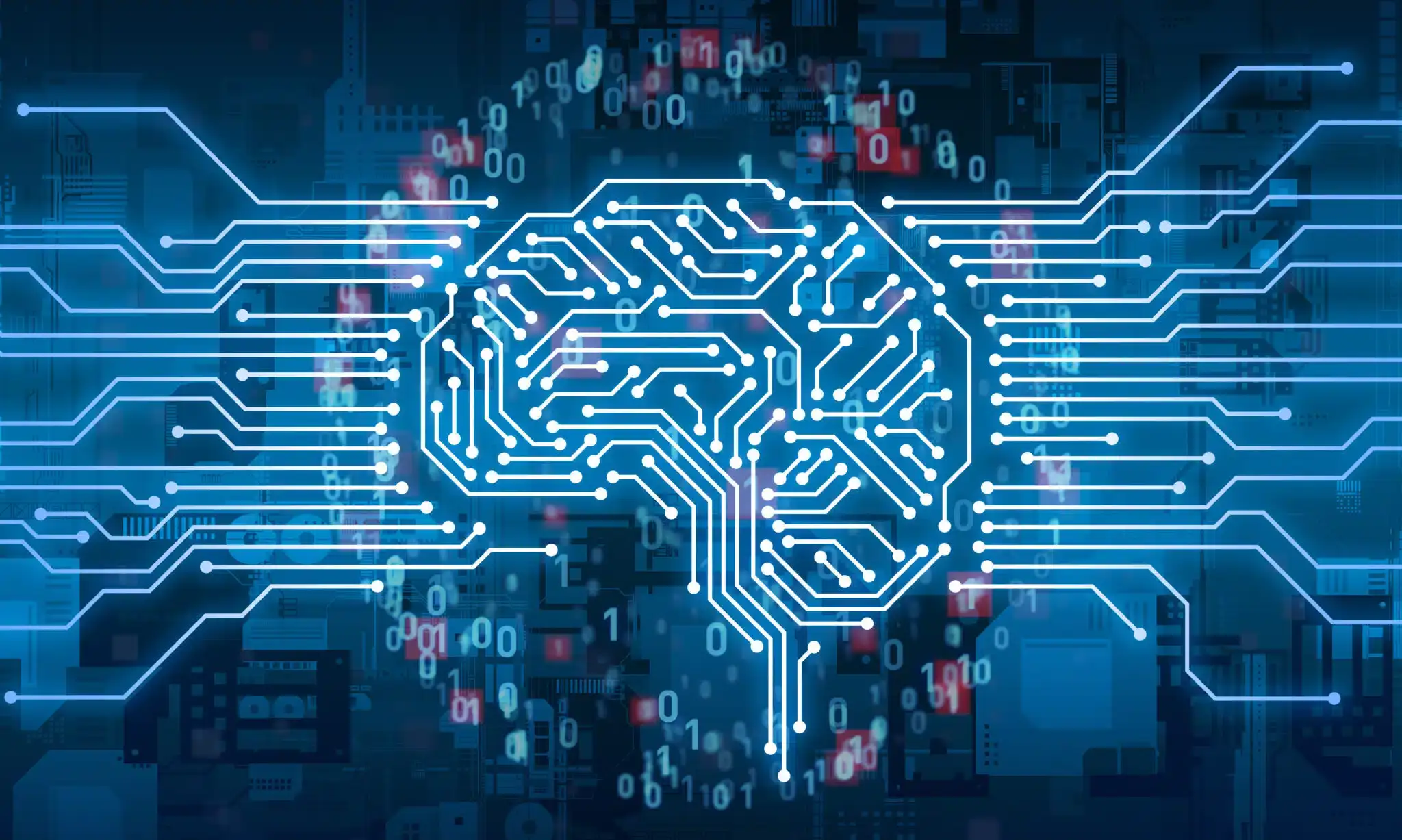Intro to Machine Learning

Machine learning is a branch of Artificial Intelligence (AI) which focuses on the use of data and algorithms to enable systems to automatically learn through experience and by the use of data. It utilizes data analysis to find hidden insights, patterns & Rules without being explicitly programmed on where to look.
How do we solve a business problem using ML?
As the businesses are evolving during Pandemic, there are variety of problems cropping up very frequently like understanding the current business better for faster business decision making, creating newer business models etc. The need of the hour is to make the systems intelligent to utilize the enterprise data assets to grow business faster. To make the systems intelligent we need to use machine learning techniques and methods on the data. While solving the problem, Data Pipelining, Munging, Wrangling takes significant effort followed by the model building efforts.
To solve any business problem using machine learning below steps are followed:
- Identify the Business problem by looking at the business need
- Gather the data and do Data Munging/Wrangling
- Explore the data
- Clean data and prepare for the downstream ML models
- Explore different models, perform V&V and shortlist promising candidates
- Fine-tune shortlisted models and combine them together to form the final solution
- Present your solution story with the data
- Deploy the model
- Continually learn & periodically tune the models
Business problems categorized in ML world
- Descriptive Analytics – Text categorization. Example: Sentiment Analysis, Spam filtering
- Anomaly Detection. Example: Risk & Fraud detection
- Image processing. Example: Face detection
- Natural language processing. Example: Sentiment Analysis, Feedback Mechanism
- Segmentation. Example: Customer, Market, Product
- Enterprise Behavioural Science, Example: Productivity, Product Buying
Types of Machine Learning
Which ML Algorithms to use to solve real-world business problems?
Classification (Supervised Learning) :
A set of data is given, and your answer is one of the pieces of data.
Example: Decision Trees, Logistic Regression, Support Vector Machines, Naive Bayes, K Nearest Neighbours, Linear SVC (Support vector Classifier), Adaptive Boosted Models etc.Regression (Supervised Learning) :
In regression problems we are trying to predict continuous valued output. Given a size of the house predict the price (real value).
Example: Linear Regression (e.g., Polynomial Regression, Regularization), Support Vector Regression, Regression Trees (e.g., Random Forest) , Neural networks etc.Clustering (Unsupervised Learning) :
Used if we need to know about structure; forms groups to interpret the data.
Example: Clustering (K-Means, DBSCAN, BIRCH etc.), Gaussian Mixture (Anomaly Detection, Bayesian), Other Clustering and outlier detectionDimensionality Reduction (Unsupervised Learning) :
Used to reduce dimensions.
Example: Projection (PCA), Embedding(LLE), Non-linear methods (Auto Encoders)Anomaly Detection (Unsupervised Learning):
Used to find anomalies – Fraud detection etc.
Example: GMM, One Class SVM, Isolation Forest, PCAReinforcement :
Used when a decision needs to be made based on experience and the environment.
Relevance of ML in today’s time
Machine Learning is a big buzzword in the world today and everyone wants to learn a bit of this or know more. Interestingly, Machine Learning has existed for a long time without we realizing it. Ever wondered, on what basis does Amazon, YouTube recommend you the next buy, song, video to make our mundane life better? They all use ML models for “learning” and prediction based on data obtained from our watching habits. They work as an assistant to make our life a bit more interesting. This is one of the reasons that intelligent innovation & automation is a boon for us. Fortunately, technological innovations have lived up to our wishes and we now have to just plug and play the algorithms once we know the problem and the right algorithms to use. Gone are those days where we used to hand build these algorithms.
Data Science, as you probably know, covers a wide spectrum of domains and Machine Learning is one of them. Data science is the field that studies data and how to extract meaning from it while machine learning focuses on tools and techniques for building models that can learn by themselves by using data.
Authored by Nagesh K P




